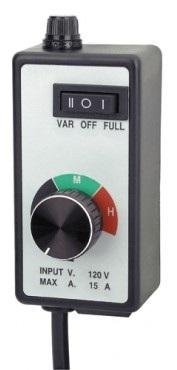megacycle
100 kW
So that would be 10A switching (not used) and 60A continuous, what voltage is that determined at 50Vdc? that's not a bad current throughput, as I'm assuming that the switch will be constantly connected on the ebike, 48V@60A.DrkAngel said:Switch is 60A.
Picture-schematic illustrates 2 variations of same cells.
Got to be careful when paralleling switches in shared current schemes as you can't be certain of equal power sharing.
Capacitor reactance XC = 1/(2πfC) and because the capacitor stores and discharges it also makes the voltage out of phase with the current, only a problem if you want to pull close to maximum charge power from a circuit without tripping the house circuit breaker or blow a fuse in the box.
If the phase shift cause a power factor of 0.7 the the circuit breaker must be around 1/(0.7 x charging power) = 1.43, so 2kw of bad boy is pulling close to 1.4 times the current of a p.f. corrected charger.
Just good to bear in mind if you love fast charging on big battery schemes and mum is doing the washing etc. :wink:
For a few more components, as cheap and smaller than a bulky series cap, http://m.ebay.com.au/itm?itemId=271206087419
http://m.ebay.com.au/itm/100-pcs-DB3-DB-3-Diac-Trigger-Diodes-DO-35-ST-/290562122407
http://m.ebay.com/itm/500K-ohm-3296-Multiturn-Trimmer-Potentiometer-10PCS-/400244721706
a simple SCR/TRIAC controlled charger is like simple pwm control, the circuit shown previously is self commutating arrangement and trigger level is adjustable using the potentiometer, the triac triggers and resets through zero, there's also less power factor issues and the gate control circuit has the big added advantage of being able to be controlled by BMS or cellog outputs and other control schemes.




